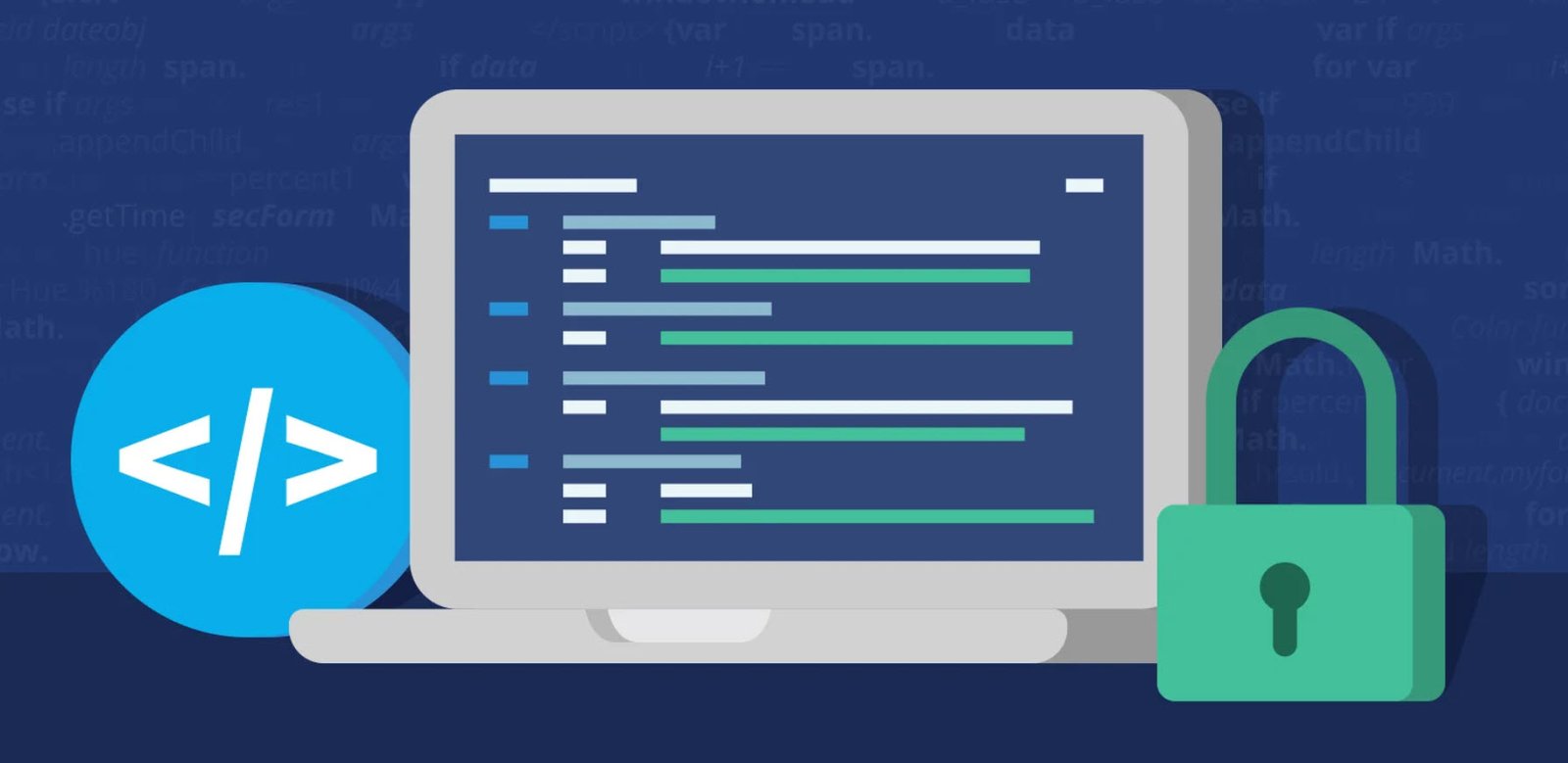
The iPhone has revolutionized the way we interact with technology, seamlessly blending cutting-edge features with elegant design. However, as our lives become increasingly intertwined with these devices, ensuring the security of our iPhones is paramount.
The treasure trove of personal data they house warrants a meticulous approach to safeguarding them from potential threats. Here are the key guidelines to fortify the security of your cherished iPhone:
- Guard Siri’s Access
- Leverage iPhone Configuration Utility (iCU)
- Strengthen Passwords
- Employ Password Managers
- Vet Authorized Applications
- Disable On-Screen Notifications
- Activate Two-Step Authentication
- Disable Auto-Sync with iCloud
- Lock Down Siri on Lock Screen
- Harness VPN Connection
- Turn Off Auto-Fill Form
- Manage Application Access
- Disable Cookies
- Reject Auto-Connecting to Wi-Fi Networks
- Prioritize Secure Networks
- Disable Unused Application Protocols
- Encrypt Local Files
- Backup to iCloud
- Maximize Encrypted Communication
- Update Mobile Applications
- Stay Up-to-Date with OS Releases
- Apply Common Sense Online
1. Guard Siri’s Access
Safeguard Siri by not leaving your iPhone unattended, as Siri could potentially disclose sensitive information when accessed without proper authorization.
2. Leverage iPhone Configuration Utility (iCU)
For enterprise environments, implement the iPhone Configuration Utility to streamline management and enhance security across your fleet of devices.
3. Strengthen Passwords
Create robust passwords for all your accounts. Utilize a combination of upper and lower case letters, numbers, and special characters to enhance their complexity.
4. Employ Password Managers
Rely on password manager tools to bolster password security. These tools generate and store strong passwords, eliminating the need to remember complex strings of characters.
5. Vet Authorized Applications
Stick to authorized iPhone applications available on the App Store. Sidestepping unauthorized sources mitigates the risk of inadvertently downloading malicious software.
6. Disable On-Screen Notifications
Prevent sensitive information from being displayed on the lock screen by disabling on-screen notifications, safeguarding your privacy.
7. Activate Two-Step Authentication
Enable two-step authentication for your Apple account and iCloud to add an additional layer of security, thwarting unauthorized access attempts.
8. Disable Auto-Sync with iCloud
Disable the auto-sync feature to iCloud to exercise greater control over which data is uploaded and ensure your sensitive information remains secure.
9. Lock Down Siri on Lock Screen
Disable Siri’s functionality on a locked screen to prevent unauthorized access to your device and its features.
10. Harness VPN Connection
Opt for a Virtual Private Network (VPN) connection to ensure your internet activity is encrypted and secure, shielding your online presence from prying eyes.
11. Turn Off Auto-Fill Form
Disable the auto-fill form feature on your browser to prevent unintentional exposure of sensitive information.
12. Manage Application Access
Review and manage which applications have access to your personal information to minimize potential data leaks.
13. Disable Cookies
Turn off cookies on your browser to limit the tracking of your online activities and enhance your privacy.
14. Reject Auto-Connecting to Wi-Fi Networks
Disable auto-connection to available Wi-Fi networks to reduce the risk of connecting to insecure or malicious networks.
15. Prioritize Secure Networks
When connecting to Wi-Fi networks, opt for secure options and avoid using public networks, which can be breeding grounds for cyber threats.
16. Disable Unused Application Protocols
Turn off application protocols that are not in use, limiting potential entry points for attackers.
17. Encrypt Local Files
Enhance data security by encrypting local files on your iPhone, rendering them unreadable to unauthorized users.
18. Backup to iCloud
Regularly back up your data files to iCloud, ensuring that your information is safe even in the event of device loss or malfunction.
19. Maximize Encrypted Communication
Utilize encrypted communication channels whenever possible, safeguarding your conversations and interactions from interception.
20. Update Mobile Applications
Frequently update your iPhone’s mobile applications to benefit from the latest security patches and enhancements.
21. Stay Up-to-Date with OS Releases
Keep your iPhone’s operating system up to date by promptly installing the latest software releases, which often include critical security updates.
22. Apply Common Sense Online
Exercise caution and common sense when browsing and shopping online. Be wary of suspicious links, phishing attempts, and offers that seem too good to be true.
By adhering to these guidelines, you can fortify your iPhone’s security posture and enjoy a safer and more protected digital experience. The combination of proactive measures, informed choices, and a vigilant mindset will contribute to a more secure and enjoyable iPhone journey.
You may also like:- Gmail and Facebook Users Advised to Secure Their Accounts Immediately
- Pentagon’s Proactive Approach to Cybersecurity – Over 50,000 Vulnerability Reports Since 2016
- Windows Hardening – Key Points To Remember
- Top 10 Fundamental Questions for Network Security
- How to Remove x-powered-by in Apache/PHP for Enhanced Security
- 12 Point Checklist – PHP Security Best Practices
- Secure Programming Checklist – 2023 Compilation Guide
- The Ultimate Network Security Checklist – 2023 Complete Guide
- A Comprehensive Guide to Crafting Strong Passwords
- Top 28 Essential Tips To Safeguard Your Computer








